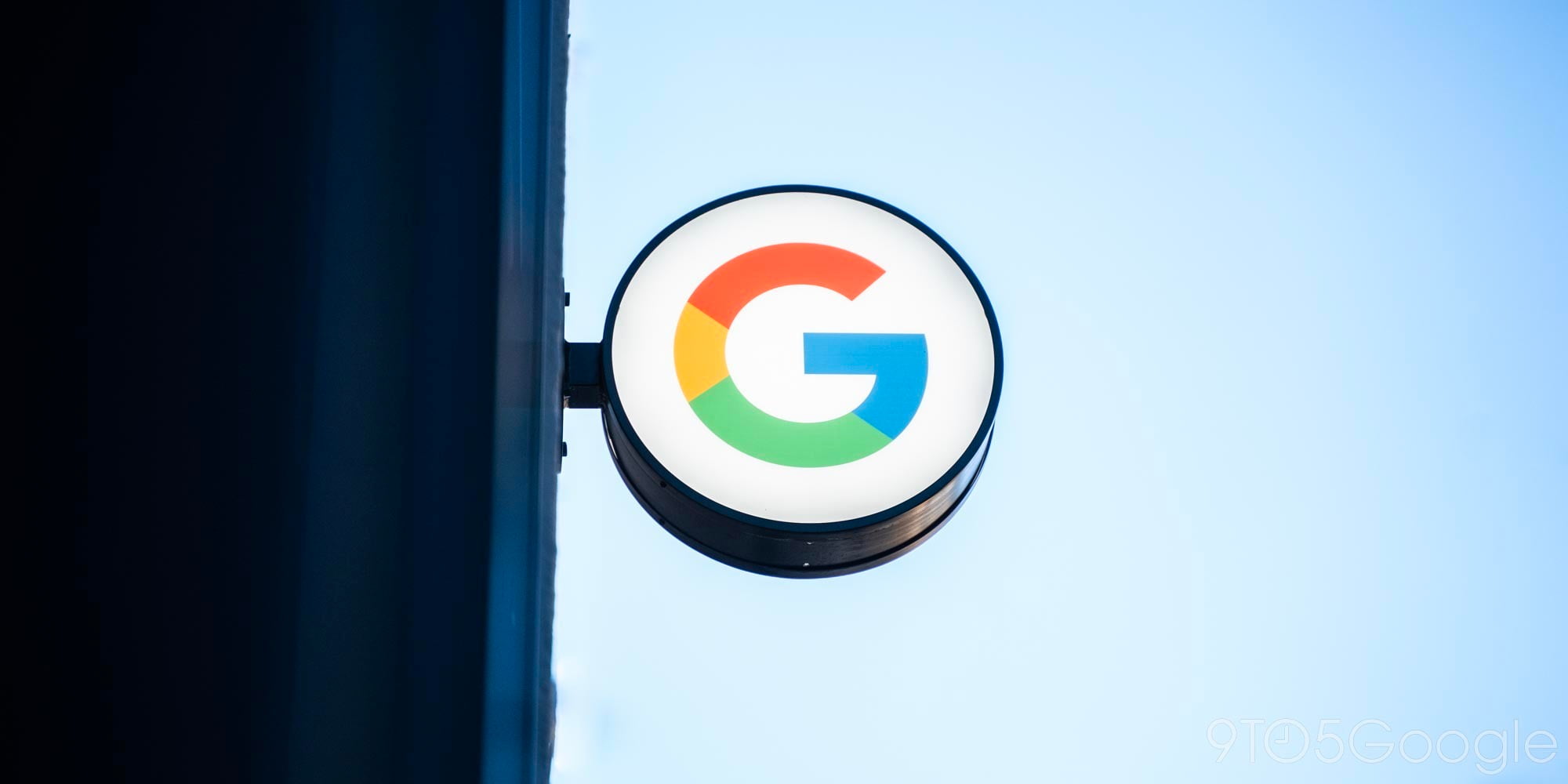
For those who have or use more than one Chromebook, Google is working to make it easier to move between Chrome OS devices with a new “floating workspace” feature that syncs windows and tabs.
In the last few years, Chrome OS has seen incredible growth, with Chromebooks being used more and more for work, school, and play. It’s increasingly likely that someone may have more than one Chromebook, such as one at work and one at home. Or, depending on how your school/office works, you may simply use whichever Chromebook is handed to you, rather than always using the same one.
Whatever the case may be, Google Chrome already has some tools in place to make it easy to reopen pages you had open on other computers or even your phone. With a few clicks in the History page, you can open all of the tabs you had open on another device in a single window.
Google’s Chrome OS team is now looking into something far more seamless for those who have more than one Chromebook. In a new code change, entitled “Floating Workspace Demo,” we find that a Googler has crafted a system that automatically syncs your Chrome windows and tabs.
Essentially, you’ll be able to use your Chromebook as normal, with Chrome syncing your tabs online automatically. When you finish using that device for the day (such as when leaving work) then open a different Chromebook at home, Chrome OS will recognize that you did some browsing on another device and automatically reopen those windows and tabs just how you left them.
// Get and restore most recently used remote device browser session
// If most recently used session is from current device, do NOT restore
As it stands, this “floating workspace” syncing would happen automatically, without Chrome OS prompting you whether or not you want to copy the tabs. Undoubtedly, though, there will be those who don’t want their tabs to sync and would want to disable floating workspace.
That said, things are still in a very early state, with the developer having simply created a “demo” to show that it can work. It remains to be seen whether this feature will ever actually launch on Chrome OS or when.
9to5Google’s Take
While I’m admittedly not the average Chromebook user, there have been plenty of times when I’ll be playing on a tablet like the Lenovo Chromebook Duet 5 and need to switch to my main laptop to do some “real work.” It could certainly be useful to rapidly switch everything from one to another at a moment’s notice.
Conversely though, I probably wouldn’t want all 20 of my work tabs to automatically “float” over to my tablet. Hopefully, there will be some refinements to guide how and when tabs and windows are copied between Chromebooks.
More on Chrome OS:
- Google’s updated Calculator web app will work on almost any device, not just Chrome OS
- Google is working to bring Material You to Chrome OS [Gallery]
- Hotel chain converts Windows PCs to Chrome OS using CloudReady after ransomware attack
FTC: We use income earning auto affiliate links. More.


Comments